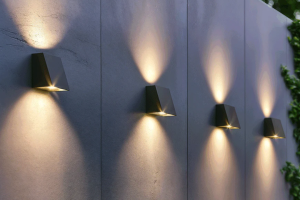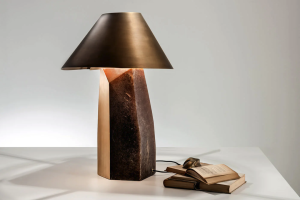Introduction
Black and white photography has been popular since the days of film cameras, and it continues to be a favorite among photographers today. One of the most critical parts of black and white photography is lighting. Lighting helps create contrast, which is essential for the depth and dimension in a black and white photograph. In this article, we will discuss the importance of lighting in black and white photography.
Lighting in Black and White Photography
Lighting is crucial to black and white photography because it helps create contrast, which is essential for the depth and dimension in a black and white photograph. Contrast refers to the difference between light and dark tones in a photograph. High contrast photos have a lot of dark and light tones, while low contrast photos have very few dark and light tones.
Without proper lighting, a black and white photograph can look flat and lifeless. Flat lighting occurs when there is no significant difference between the light and dark areas of the image. The result is a washed-out, gray image that lacks contrast.
In black and white photography, there are three types of lighting: natural light, artificial light, and mixed lighting (a combination of natural and artificial light).
Natural Light
Natural light is the light that comes from the sun or other natural sources, such as moonlight or firelight. Natural light changes throughout the day and affects the tones and contrast in a photograph.
To capture the best image using natural light, find the right time of day to shoot. The sun is lower in the sky during the morning and evening, providing a warm and soft light. This light creates long shadows, which can add depth and dimension to your black and white photograph.
Artificial Light
Artificial light refers to any type of light that is not natural. It can come from indoor lamps, streetlights, or any other artificial lighting sources.
Artificial light can create a moody, dramatic effect in black and white photography. Using a single point source of artificial light, such as a lamp or flashlight, can create deep, dark shadows that add dimension and interest in your photographs.
Mixed Lighting
Mixed lighting refers to a combination of natural and artificial lighting. It’s something that photographers often encounter when shooting indoors with windows or when shooting at night.
To manage mixed lighting, try to balance the natural and artificial light sources. By finding a good balance, you can create a sense of depth and interest in your black and white photographs.
Conclusion
Lighting is an essential aspect of black and white photography. It can make or break an image. Proper lighting adds dimension and depth to photos, and it makes the subjects stand out in a way that can be difficult to achieve with color photography. Understanding the types of lighting and how they affect contrast can help you create stunning black and white photographs. So, next time you’re out with your camera, pay attention to the lighting and experiment with different types to capture the perfect black and white image.
Sources
– https://expertphotography.com/black-and-white-photography-lighting/
– https://www.webfx.com/blog/web-design/black-and-white-photography-tips/
– https://digital-photography-school.com/black-and-white-photography-tips/



More Posts
Stunning Vintage Opaline Lights: Illuminating Homes with Timeless Elegance
Bringing Versatility to Light: Exploring the Benefits of Dual Light Technology
Shining Light on E14 Bulbs: The Ultimate Guide to Understanding and Using Them